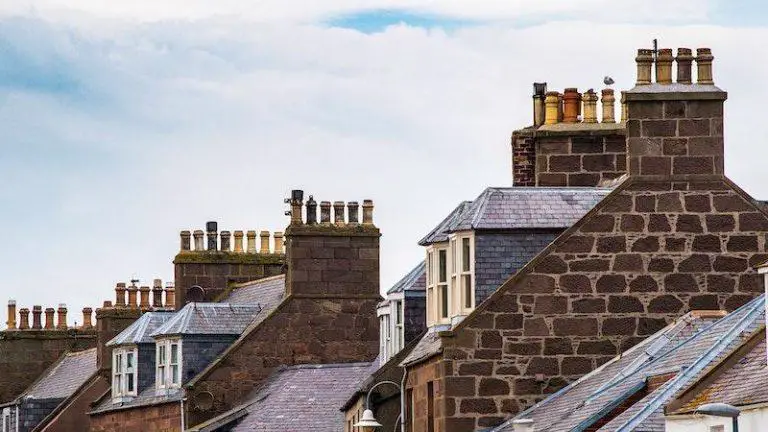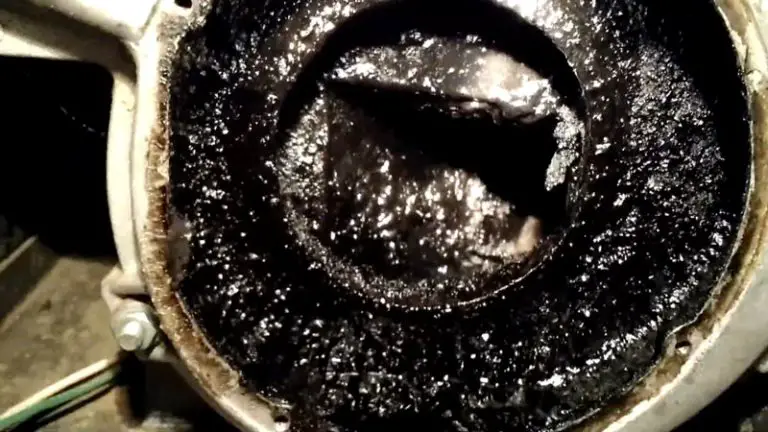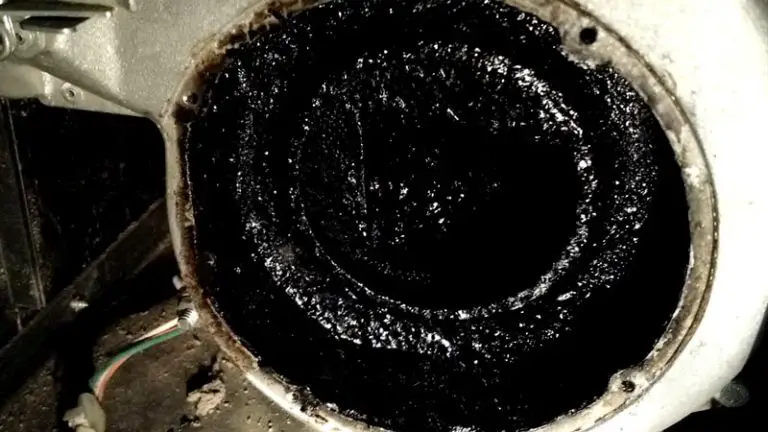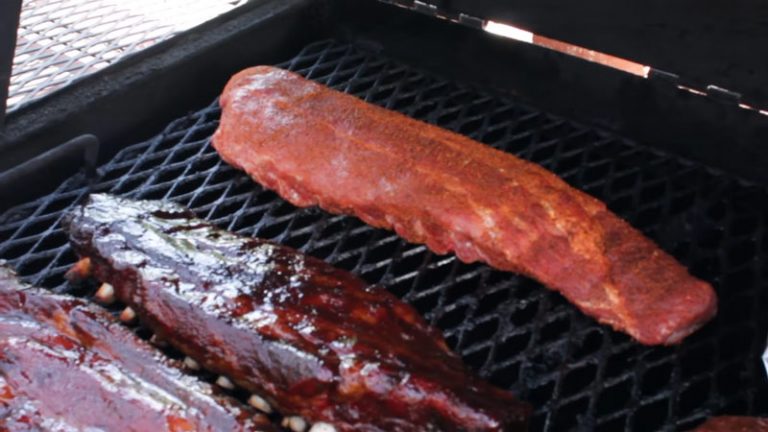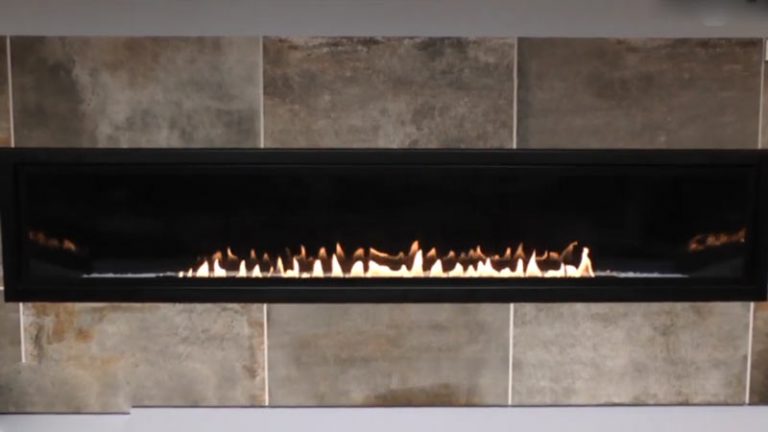What Wood Causes The Most Creosote

Smoke from wood burning can contain chemicals that can cause damage to your home’s finishings. This includes the paint on the walls and ceilings. To prevent this, it is important to clean out your chimney regularly. This removes any smoke residue.
Softwoods like fir, pine, and cedar produce more creosote than hardwoods. If you have a wood-burning fireplace or stove in your home, be sure to choose softer woods for furniture and other items that will come into contact with flames. If you live in an area with high moisture content (like most of North America), then smoke from wood burning will create even more creosote deposits over time.
Although cleaning out your chimney may not stop all of the smoke from entering your home initially, it will help reduce the number of harmful chemicals that reach its surface. Breathing the smell is harmful, so be careful.
You'll Learn About
What Wood Causes The Most Creosote?
Creosote is created when wood burns. The smoke produced contains chemicals that can cause damage to your home’s finishes. Cleaning out your chimney regularly will help reduce the amount of smoke entering your home. Softwoods like fir, pine, and cedar produce more creosote than hardwoods do.
Smoke from wood burning contains chemicals that can also cause damage to other objects in your home. This includes furniture or curtains if they are made from a material with a high moisture content, such as cotton or silk fabrics. If you have delicate items in your home that may be damaged by creosote fumes, it is best to avoid using smoked wood altogether. Alternatively, use low-smoke varieties whenever possible (like cherry).
Although there are no guarantees, reducing the amount of smoke entering your home through regular cleaning should go a long way towards mitigating any potential damages caused by it.
Creosote is a by-product of smoke from wood burning
Creosote is a by-product of smoke from wood burning. It can build up in your home’s ceilings, walls, and floors over time. It’s important to check for creosote buildup on a regular basis. This allows you to take appropriate corrective action.
There are various ways to minimize the production of creosote in your home. These include using clean burning fuels and ventilation strategies. If you do experience damage from creosote, it will be important to have an experienced contractor assess the situation. They can provide recommendations for repair or replacement.
Keep your family safe by being proactive about checking for signs of creosote build-up. Take necessary steps if needed.
Things that produce more creosote
Creosote is a byproduct of the natural decomposition process in wood. Softwoods, such as fir, pine, and cedar, produce more creosote than hardwoods like oak or maple.
The type of wood will affect how much creosote is produced over time. Hardwood will tend to create less over time. Softwood can produce more due to its greater moisture content.
If you have a home with older wooden furniture, it’s important to be aware that these pieces may contain higher levels of creosote. This could cause health concerns if not properly cleaned.
It’s important to keep an eye on your wood furniture. Clean any areas where there may be a buildup of creosote regularly. This helps to avoid potential health risks.
Depends on Moisture Content
Creosote is created when the moisture content in wood reaches a certain level. The higher the moisture content, the more creosote will form. Creosote can be harmful to your home and belongings if it builds up on surfaces or gets into pipes.
You can reduce the amount of creosote that forms by maintaining a lower moisture level in your woodworking area. If you notice signs of creosote damage, contact a professional remediation company.
Smoke from wood burning
Smoke from wood burning contains chemicals that can cause damage to your home’s finishings.
Creosote is the most common name given to a class of chemicals that are released when wood burns. The chemicals can cause damage to your home’s finishings, including paint, finishes, and plastics.
Smoke from wood burning contains these harmful chemicals. This means you need to take precautions if you use wood for heat or cooking in your home. You should be especially careful if you have children or pets in your house. They may be more susceptible to the effects of creosote smoke residue on their skin and lungs.
If you’re concerned about the safety of your home’s finishes, it’s important to consult with a professional. They can recommend appropriate measures for protection.
Cleaning out your chimney regularly
Creosote is created when wood smoke and heat interact with the environment. If you have a fireplace, your chimney should be cleaned regularly to help reduce this issue.
Smoke can also accumulate in attics and basements if there isn’t an adequate ventilation system in place. Cleaning out your chimney will help reduce the amount of smoke entering your home. It will also reduce any associated health risks.
You don’t need to call a professional every time there’s buildup or debris. Using a simple sweep/vacuum combo will do the trick.
What firewood produces the least creosote?
There are a few things you can do to reduce the amount of creosote produced when you burn firewood. First, make sure that your wood is dry and properly seasoned.
Second, use low-sulfur woods whenever possible. Finally, keep an eye on the flames while you’re burning the wood. Ensure that they’re burning evenly and preventing any buildup of creosote.
Hard Woods Release More Heat
Hardwoods such as oak, hickory, and maple release more heat than softwoods like pine and cedar. This extra heat is what helps to create fewer creosote deposits. Additionally, hardwood floors will last longer. They don’t accumulate the hazardous byproducts of creosoting as softwood floors do.
Creosote Deposits Are Produced Less With Hardwoods
Creosote is a toxic chemical that forms when wood burns. It’s often used as an adhesive to hold down Sheetrock and other building materials. However, it can also be harmful if it builds up on your walls or furniture over time. The less hardwood you use in your fire, the less creosote will be produced. This reduces your chances of suffering from its adverse effects.
Best Performance
Not all types of wood produce equal levels of smoke or heat when burned in a fireplace or stovepipe. This depends on their particular properties (hardness, density, etc.). As long as you’re using a mix of different woods, you’ll get the best performance out of your burning project.
Softwoods Burn Well
While some soft woods such as pine may not produce much ash while burning, they still burn well enough for use in outdoor fires. They don’t cause any problems with safety or emissions-related issues.
In fact, there are many people who prefer burning softer woods indoors. They provide a cozy atmosphere inside during colder months.
What’s the best wood to burn in a fireplace?
Before choosing the wood you will burn in your fireplace, it is important to consider the type of fireplace and the material that was used to build it. There are different types of hardwoods. Each requires a specific burning procedure.
Make sure to inspect your fire starter before lighting up the logs. If it’s not clean or in good condition, this could lead to an unsafe flame situation. Preheat your chimney before starting a fresh fire by inserting kindling first. Then light larger pieces on top using matches or a lighter (never use a flint).
Keep an eye on the temperature. This ensures that you don’t over-burn your wood and create unwanted smoke & carbon monoxide fumes.
What builds creosote?
Creosote buildup can occur when the temperature outside your chimney is below 250 degrees Fahrenheit. The production of creosote occurs when warm moist air comes into contact with hot combustible materials like wood in a fireplace or stove.
Oxygen depletion can cause creosote to form quickly. Regular cleaning and maintenance are important to prevent this from happening. Depletion of moisture within the walls of a chimney also contributes to the development of creosote over time. Keeping your chimney clean will help mitigate this issue as well.
Finally, ensuring that there is ample ventilation in your home will also help fight against the formation of creosote.
Where does creosote build up the most?
Creosote is a type of oil that builds up in the chimney. Burning wood and other things in the fireplace or gas stove creates creosote in the chimney.
Chimney Restrictions
If your chimney is restricted, the heat from the fire will not be able to escape. It will instead build up in the room. This can cause creosote to form on walls and ceilings. It can lead to a variety of problems, including smoke damage and poor air quality.
Unseasoned Wood
Wood that has not been seasoned properly will not burn evenly. It will produce more creosote than wood that has been treated for protection against weather conditions like rain or snow. Creosote buildup on wood also leads to problems with its airflow. This makes it difficult for flames to reach vital parts of the structure, such as roofing materials or floors.
Cooler Than Normal Temperature
When temperatures are cooler than normal, moisture in the air becomes trapped. This can include water vapor, carbon dioxide gas (CO2), hydrogen sulfide (H2S), ammonia gas (NH3), etc. These gases have a tendency to combine together into compounds called “creosotes.”
To Recap
Wood can be a major cause of creosote. It is important to choose the right type of wood for your project. Avoid using old or wet wood. Creosote can also form when oil or gas is injected into the ground near trees. Avoiding these types of projects will help to reduce your risk.
Softwoods like pine and fir tend to produce more creosote than hardwoods due to their higher resin content. Burning these woods in your fireplace or wood stove can lead to faster creosote buildup, increasing the risk of chimney fires. Opt for seasoned hardwoods to minimize creosote production.
If you’re dealing with creosote, it’s worth learning about how creosote bushes make food, as they share similarities with creosote-producing materials. Additionally, understanding how long a creosote buster takes to burn can help you manage chimney maintenance. For more tips, explore whether creosote buster logs really work.


